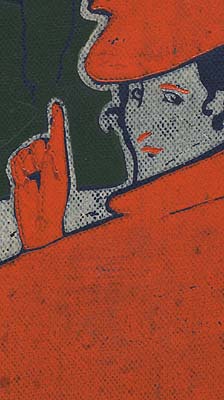
Journalism
![]()
By the end of the nineteenth century, improved educational opportunities,
growing literacy rates, and the increasing speed of print production expanded
reading audiences like never before.
The proliferation of periodicals, especially, created new publishing opportunities for women. From the 1860s, an explosion of new shilling magazines required an endless stream of stories, book reviews, and essays.
Since the majority of nineteenth century magazine articles were unsigned, many aspiring female writers turned to journalism to develop their writing skills anonymously. Both Elizabeth Barrett Browning and George Eliot, for example, wrote for journals before publishing their own works.

Copyright
© 2002 Division of Rare & Manuscript
Collections
2B Carl A. Kroch Library, Cornell University, Ithaca, NY, 14853
Phone Number: (607) 255-3530. Fax Number: (607) 255-9524
For
reference questions, send mail to:
rareref@cornell.edu
If you have questions or comments about the site, send mail to: webmaster.